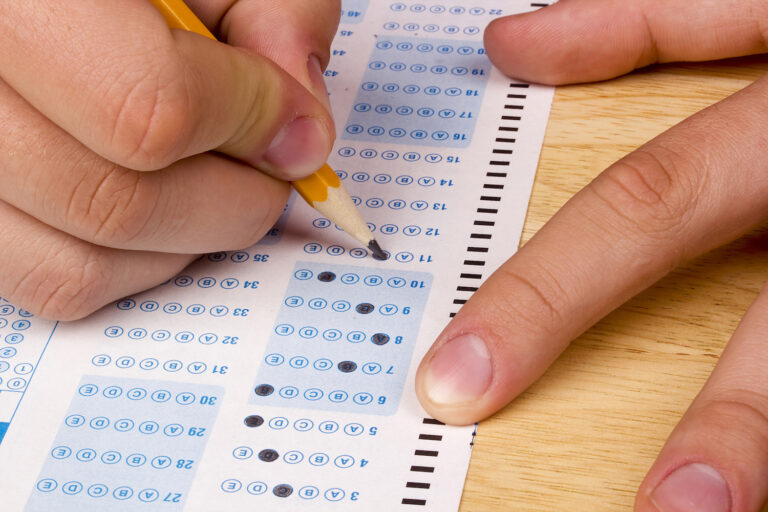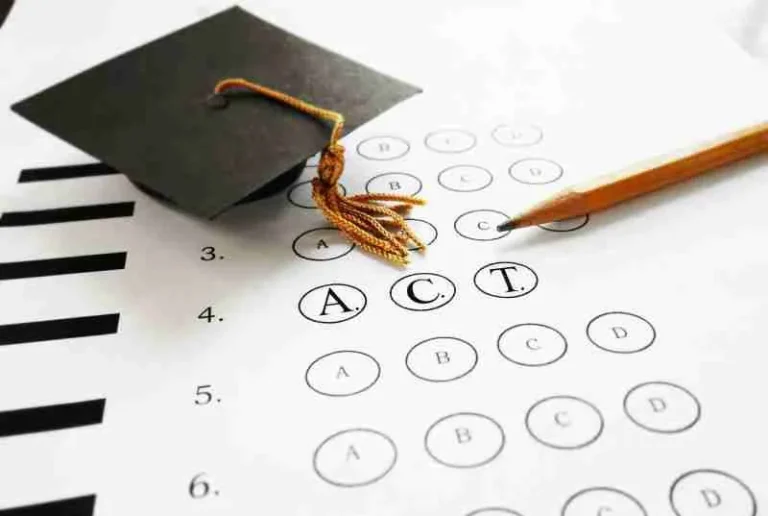
Tutor POV: 5 things that make a tutoring session effective
Most students think that showing up to tutoring is enough to make progress. In my experience, the students who leave sessions feeling stuck or frustrated aren’t struggling because they’re incapable, but rather because they’re struggling because they’re approaching tutoring the



